1. Key Differences in Material and Blade Design Between Reusable and Disposable Eyebrow Razors
Reusable eyebrow razors are typically made from stainless steel or titanium-coated blades paired with durable handles such as aluminum or high-grade resin. These materials resist corrosion and allow for easy sterilization. Disposable razors, in contrast, often use lighter plastic handles and thinner steel blades designed for short-term use. The blade edge angle in reusable razors tends to be finer and more precisely honed, offering smoother shaving with less irritation over repeated uses. Some professional models even feature replaceable blade cartridges to extend their life without compromising hygiene.
2. Hygiene and Maintenance Practices for Reusable Eyebrow Razors
To maintain optimal performance and hygiene, reusable razors require proper care. After each use, rinse the blade under warm running water to remove hair and residue. Then disinfect with 70% isopropyl alcohol and air dry completely before storing. Avoid wiping with cloths or tissues, as fibers can dull the blade. For professional or salon use, it’s recommended to sterilize the blade using an autoclave or UV sterilizer. Regular inspection for micro-corrosion or dull edges helps prevent irritation and ensures consistent results.
3. When to Choose Disposable Eyebrow Razors Over Reusable Ones
Disposable razors are particularly suitable for travel, one-time grooming sessions, or use in professional environments where cross-contamination must be minimized. They are also convenient for beginners who are still learning control and angle technique, as the blades are often coated with protective guards that reduce the chance of cuts. For sensitive skin types prone to acne or inflammation, disposable razors can help by ensuring a clean, bacteria-free edge each time.
4. Blade Longevity and Sharpening Potential
Blade longevity varies significantly depending on material and usage frequency. A high-quality reusable blade can maintain sharpness for 15–25 uses if properly maintained, whereas disposable versions are usually intended for 3–5 uses. Some advanced reusable models allow manual blade honing or replacement, which can reduce long-term waste and cost. The table below compares typical lifespan expectations:
| Type |
Average Uses |
Sharpenable/Replaceable |
| Reusable Razor |
15–25 |
Yes (depending on model) |
| Disposable Razor |
3–5 |
No |
5. Common Mistakes When Using Eyebrow Razors
Even experienced users sometimes make small errors that affect results or cause irritation. The following list highlights frequent issues and how to avoid them:
- Shaving on dry skin — always prep with toner or aloe gel to reduce friction.
- Applying too much pressure — let the blade glide lightly to prevent cuts.
- Ignoring blade dullness — replace or sharpen as soon as you notice tugging.
- Improper angle — maintain a 30–45° angle to follow the skin’s surface smoothly.
- Reusing disposables too often — bacteria buildup can lead to breakouts or rashes.
6. Sustainable Practices and Eco-Friendly Alternatives
The beauty industry is gradually shifting toward sustainability, and eyebrow razors are no exception. Reusable razors with metal handles and recyclable blade cartridges significantly reduce plastic waste. Some brands now offer biodegradable disposable options made from plant-based polymers or bamboo fiber handles. Users can further minimize environmental impact by recycling metal blades through local sharps programs and selecting minimal packaging products.


 ENG
ENG
 English
English Español
Español

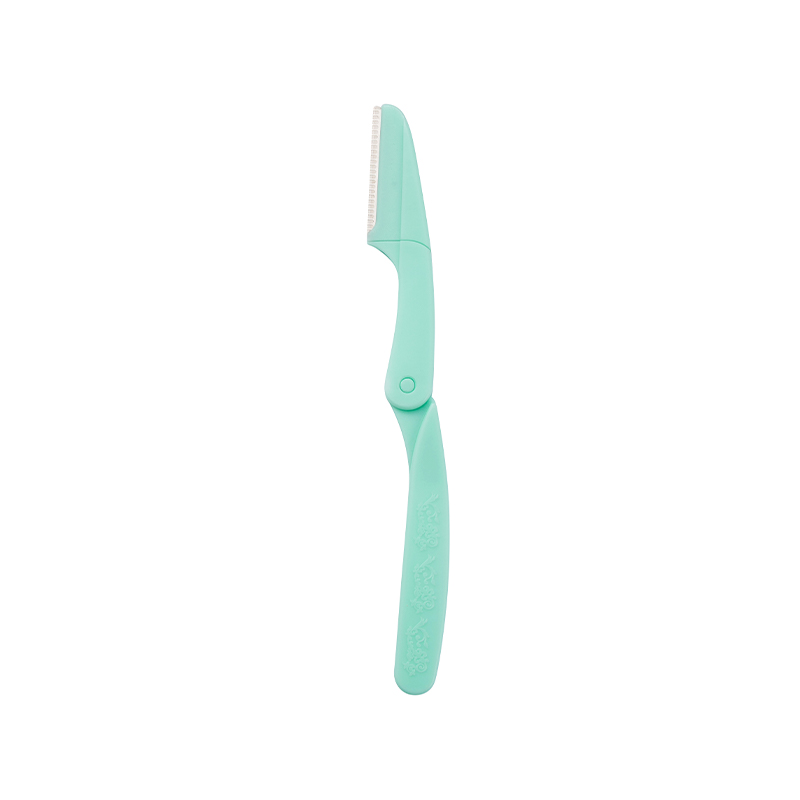
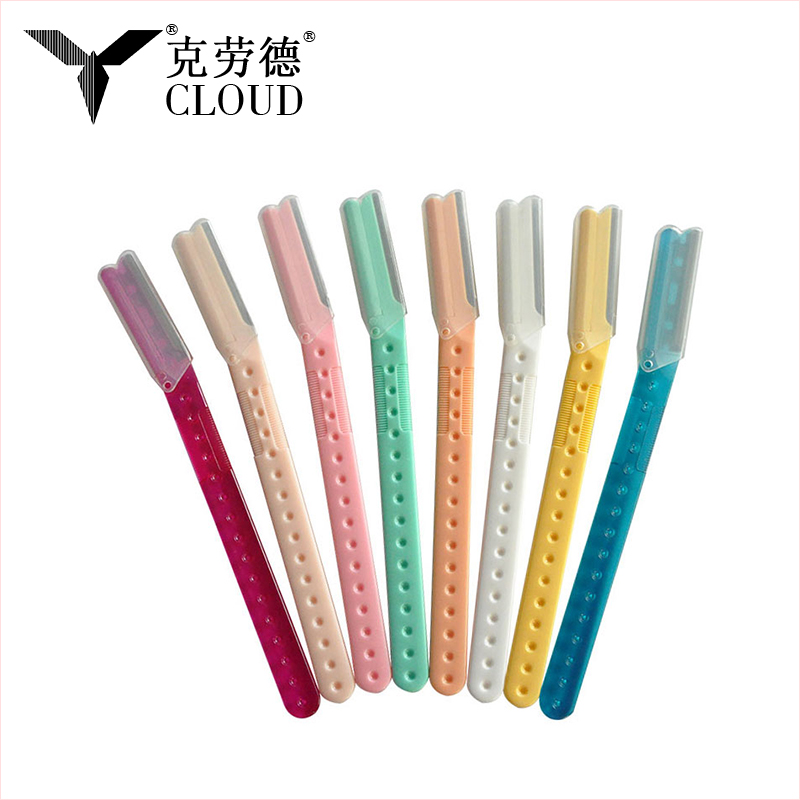
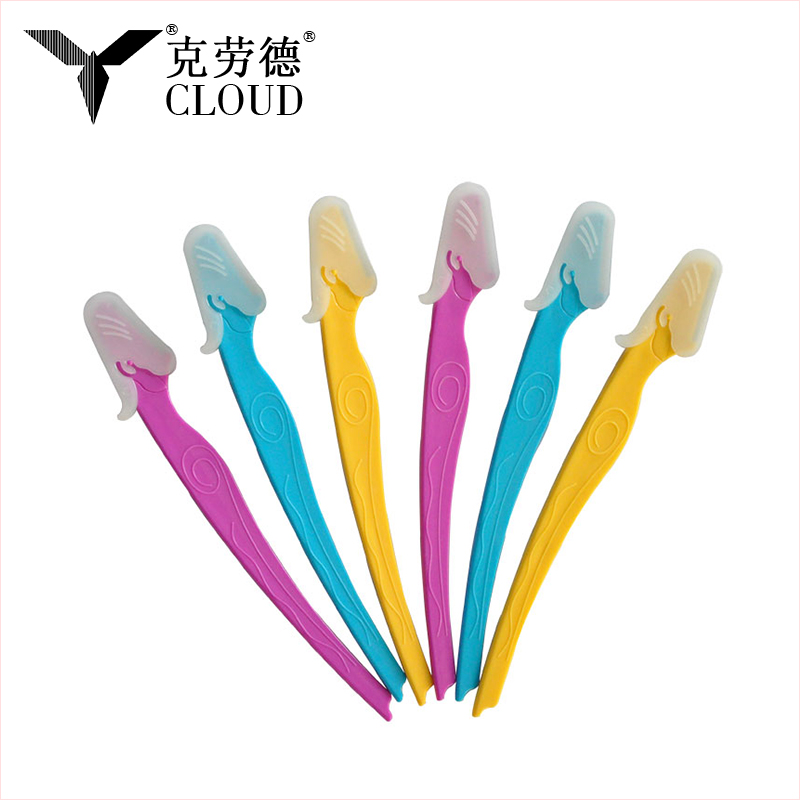
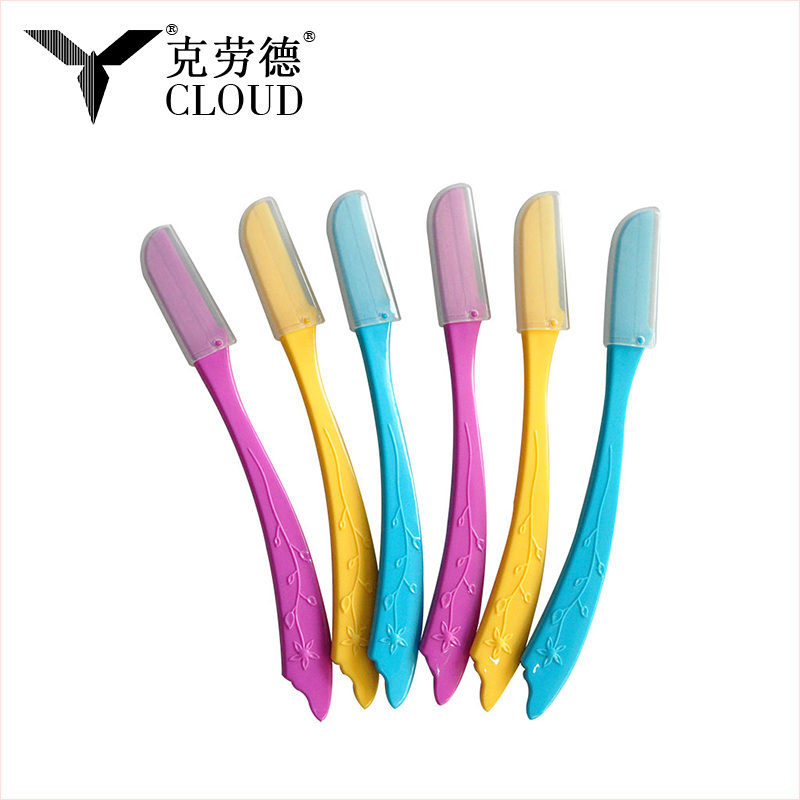
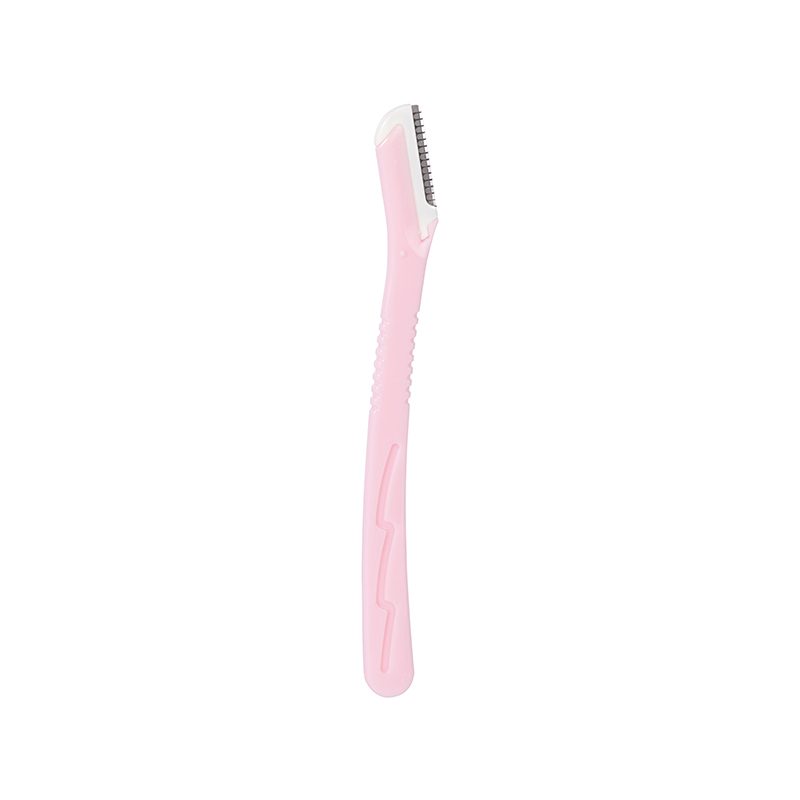
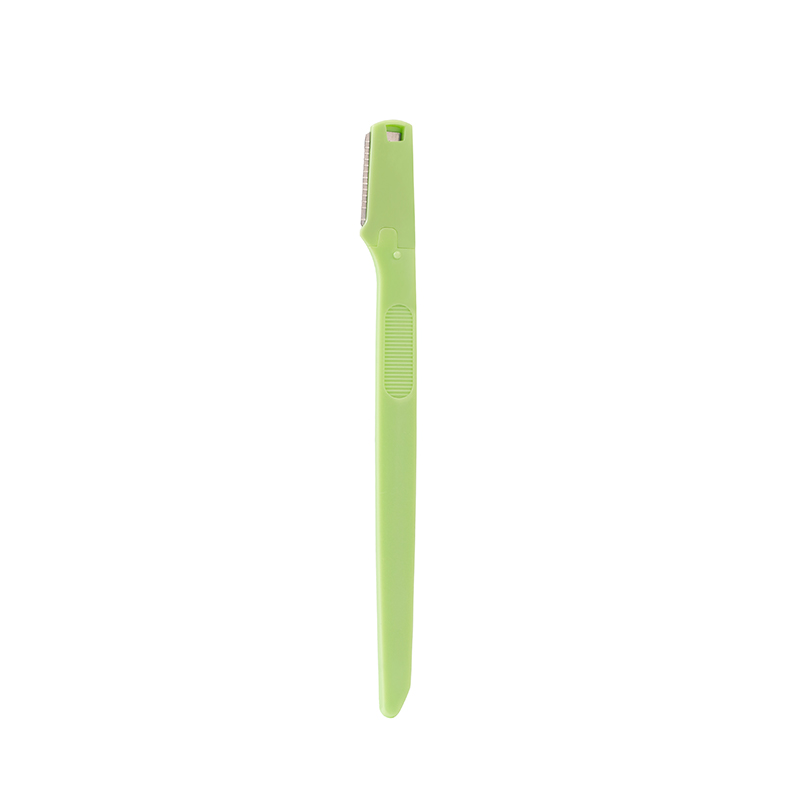
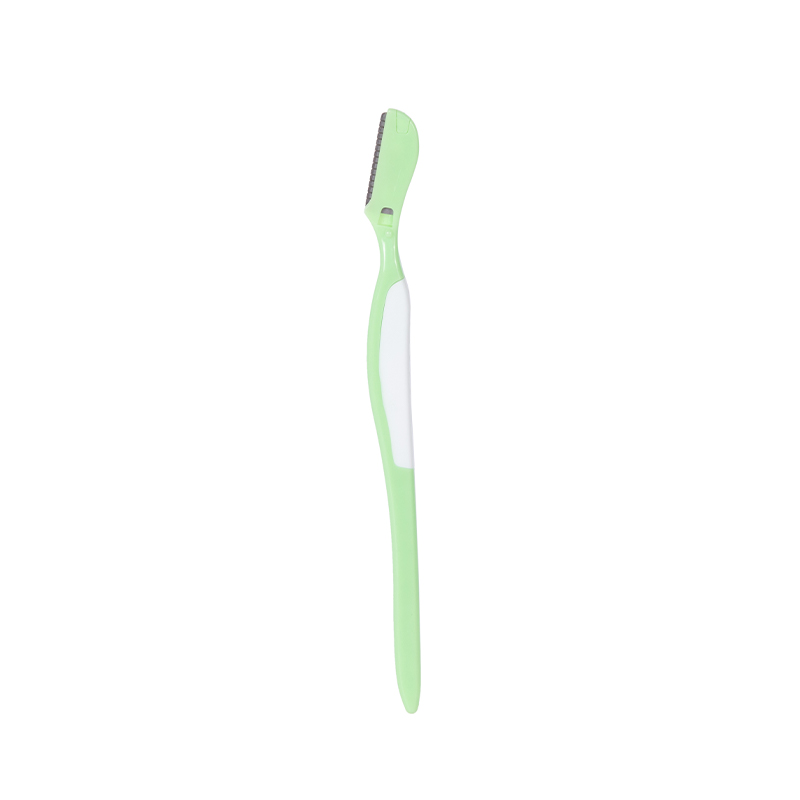
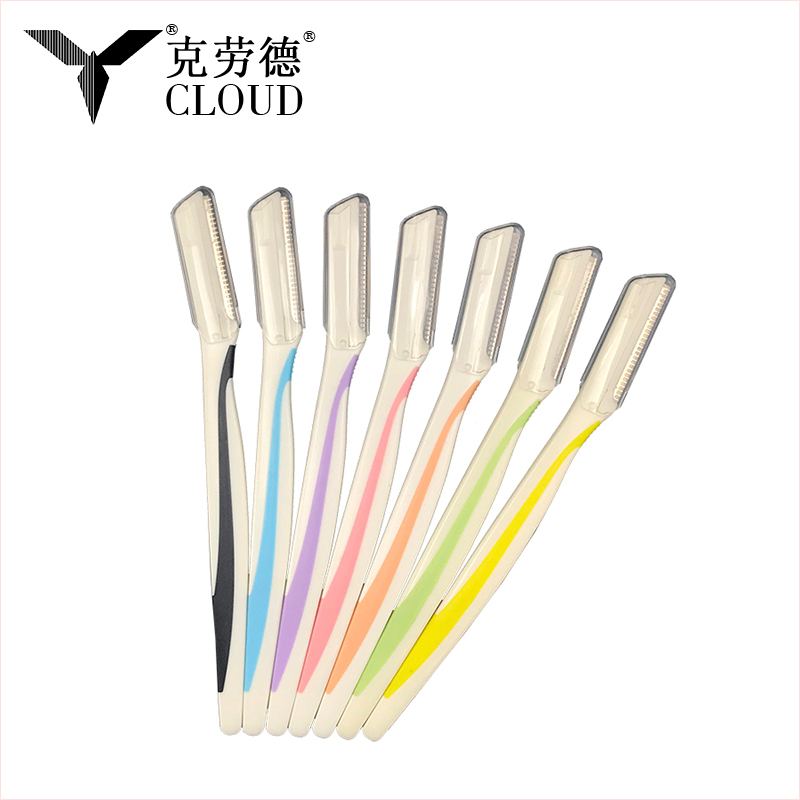





 +86-400 9915 887
+86-400 9915 887  +86-021-57644936
+86-021-57644936 
 No. 2066, Yushu Road, Songjiang District, Shanghai, China
No. 2066, Yushu Road, Songjiang District, Shanghai, China  Home
Home
